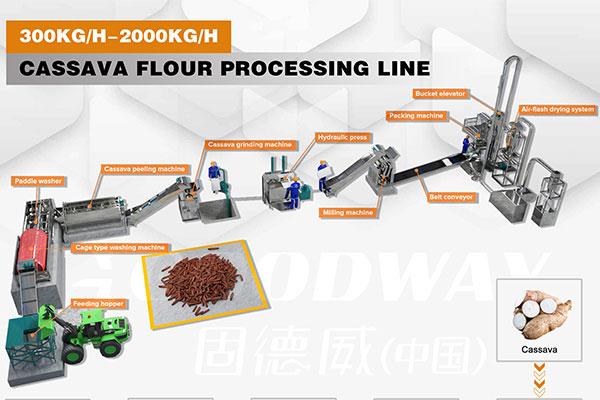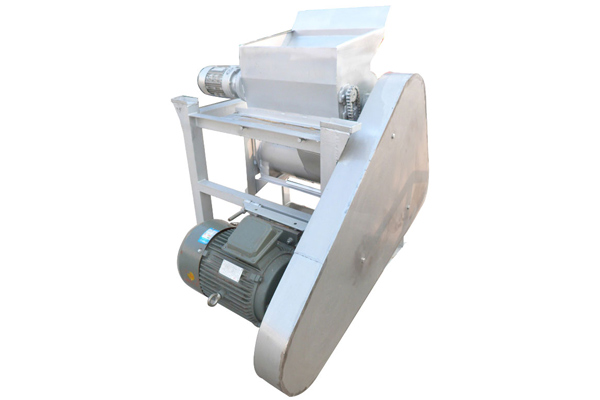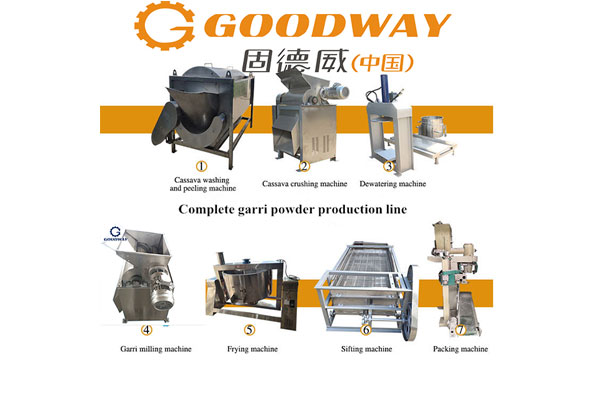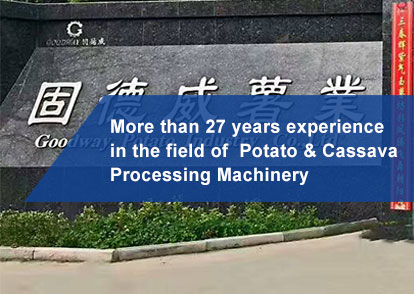Inherited starch processing plants often suffer from being old, dilapidated, and small in size. Not only are they cramped in space, but they also lag behind in technology, with decrepit factory buildings and concerning production environments, possibly lacking proper operating permits. Without a transformation, closure may be looming. But where should the upgrade and renovation of old plants begin?
Expansion of Factory Buildings
Traditional ancestral plants inevitably face issues such as rudimentary surroundings, insufficient production capacity, aging electrical circuits, and equipment shortages. Therefore, the first step involves demolishing the old brick-and-mortar structures and embarking on reconstruction.
During the expansion of factory buildings, attention should be paid to preparing dedicated raw material warehouses, production workshops, and finished product storage areas.
Environmental Overhaul
A clean and pollution-free production environment is crucial. The ground should be made of materials like cement, stone slabs, or epoxy flooring. The environment must be spacious and well-lit, providing protection from wind and rain. Plumbing and electrical layouts, as well as water and electricity conduits, should be designed and reserved in advance. Additionally, the positioning of raw material tanks and storage containers must be determined.
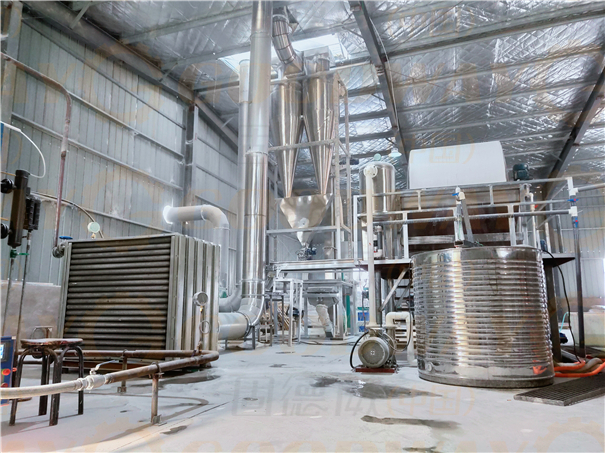
Equipment Upgrades
Traditional and outdated starch processing methods are time-consuming, labor-intensive, and inefficient, failing to meet market demands. So, how can these plants survive in the competitive market?
The answer lies in upgrading to fully automated starch processing equipment, a necessity of modern times. State-of-the-art starch processing technology is highly mechanized, encompassing processes from cleaning and crushing to filtering and refining, all in one streamlined production line. With reduced processing time, enhanced efficiency, increased output, and user-friendly operation, these new-generation starch processing plants offer a significant edge in the competitive market landscape.
In conclusion, the transformation of outdated starch processing plants requires a holistic approach, addressing issues from physical infrastructure to operational efficiency. By focusing on expanding factory buildings, renovating the environment, and upgrading equipment, these plants can rejuvenate their operations and stay relevant in today's starch processing industry.

 EN
EN
 fr
fr  es
es  it
it  pt
pt 